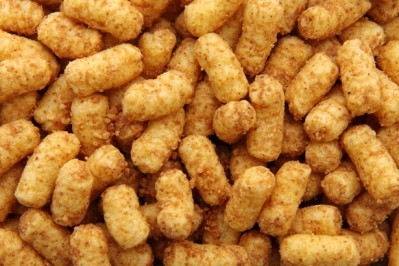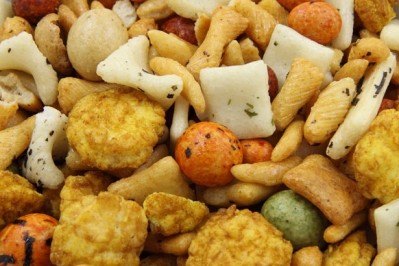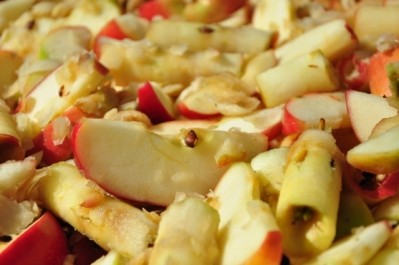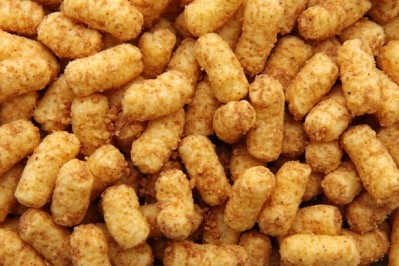Mushroom waste can boost fibre and lower glycaemic response in extruded snacks, says study
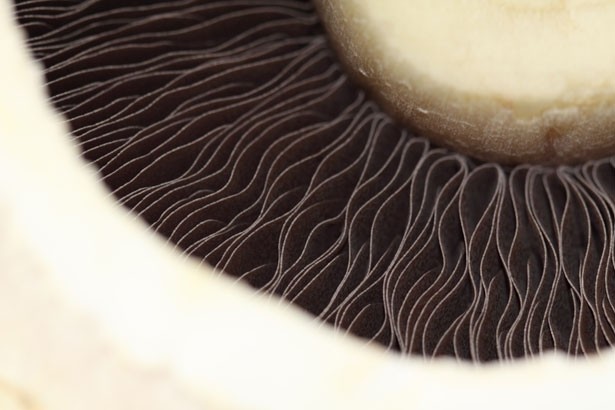
The study on Agrocybe aegerita in extruded snacks by Brennan et al (full details below) analysed the potential of waste mushroom compost to boost fibre and lower the glycaemic response in snack products.
Stalks and basal hyphae clumps were retrieved from spent mushroom compost after the caps had been harvested and refined as a freeze dried powder called mushroom co-product material (MCM).
MCM was added at 5, 10 and 15% of wheat flour in extruded cereal snack products and compared to a sample without MCM.
Added fibre
“The inclusion of MCM significantly increased the amount of total dietary fibre (TDF) in the extruded snacks,” said the study.
“This is only to be expected based on previous research indicating a content of 80 g / 100 g of fibre (dry matter basis) of mushroom stalk material.”
Lower glycaemic response
The study continued: “MCM has a clear benefit in terms of improving the nutritional quality of snack products.”
“The significant reduction in glucose release during the in vitro digestion of MCM snack products compared to the control indicate that there is a great potential of using this waste stream material in the manipulation of postprandial glucose response of snack products and hence the potential manipulation of glycaemic response of individuals.”
Impact on characteristics
The study also analysed the impacted MCM inclusion on product characteristics.
Snack products with MCM inclusion showed much greater expansion ratio than the control sample and were denser at both 5 and 10% levels.
Water absorption and water solubility were found to be lower than the control sample.
The researchers added that further work was needed to assess consumer acceptability of MCM snacks.
The study was published online ahead of publication in the Journal of Agricultural and Food Chemistry.
The study: Margaret Anne Brennan, Emma J Derbyshire, Brijesh K. Tiwari, and Charles S. Brennan, “Enrichment of extruded snack products with co-products from chestnut mushroom (Agrocybe aegerita) production: Interactions between dietary fibre, physicochemical characteristics and glycaemic load” J. Agric. Food Chem, DOI: 10.1021/jf3008635
